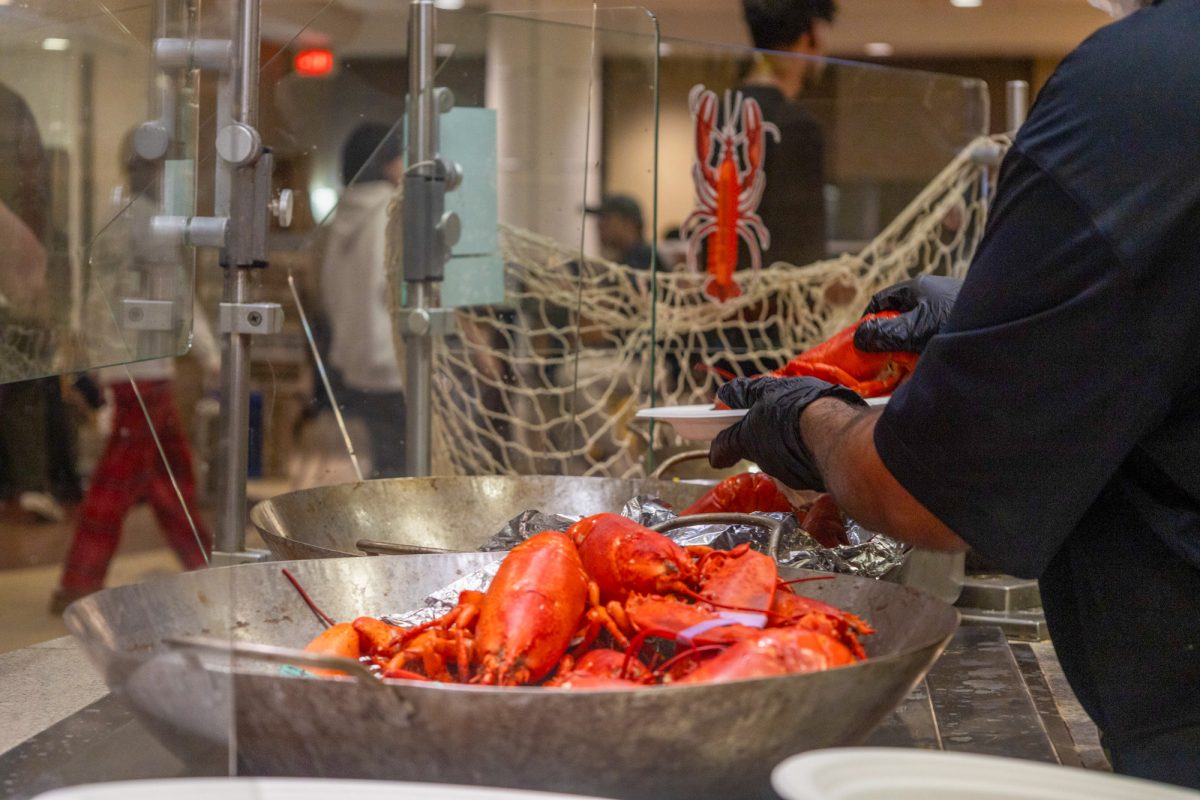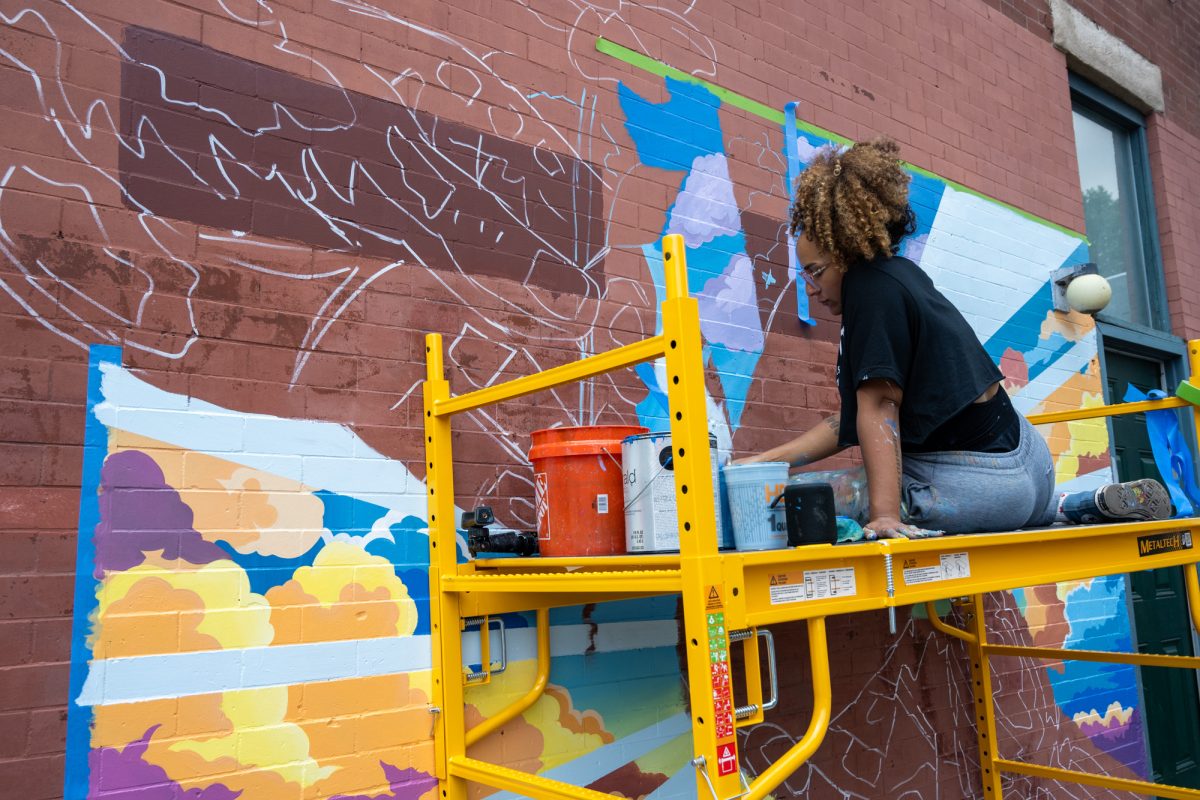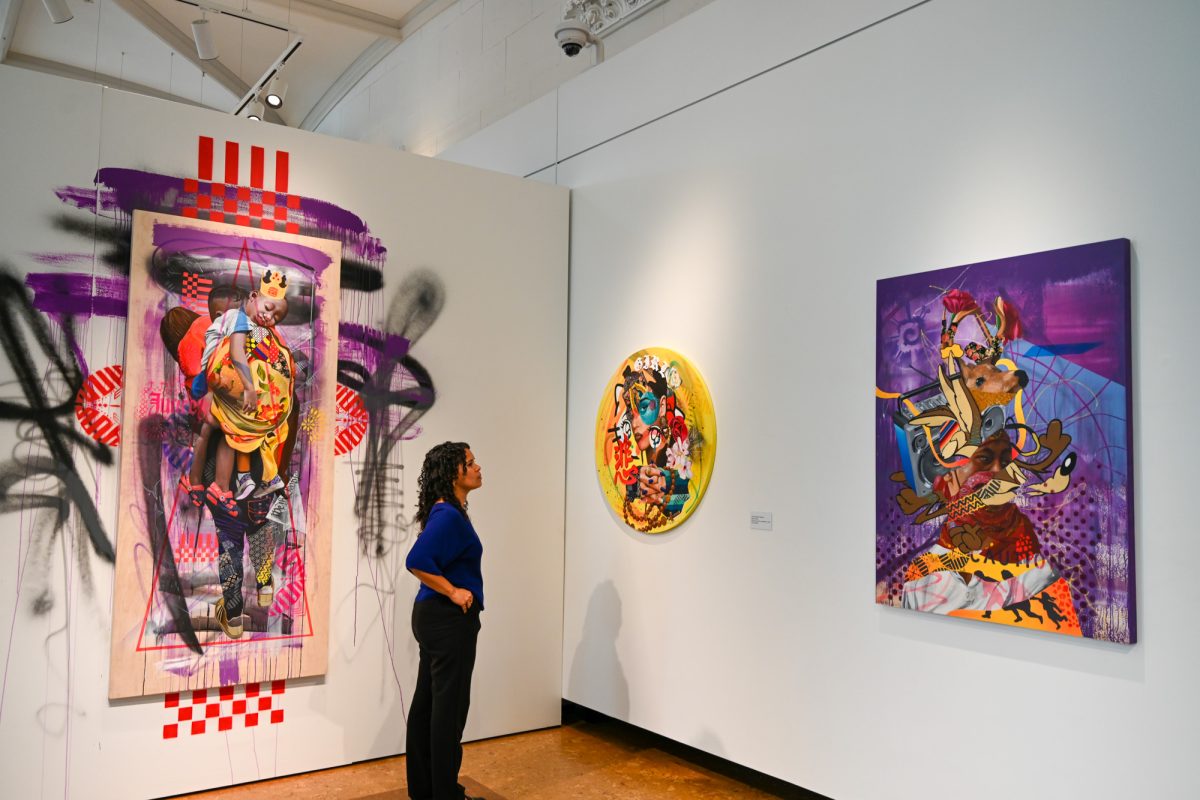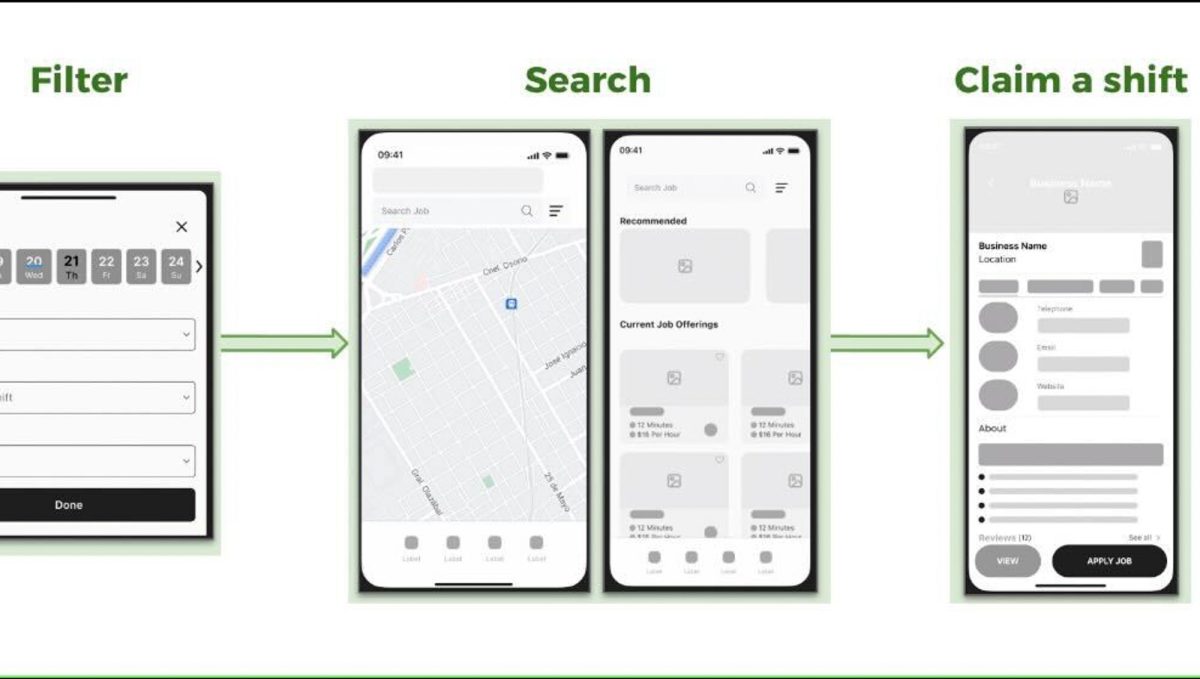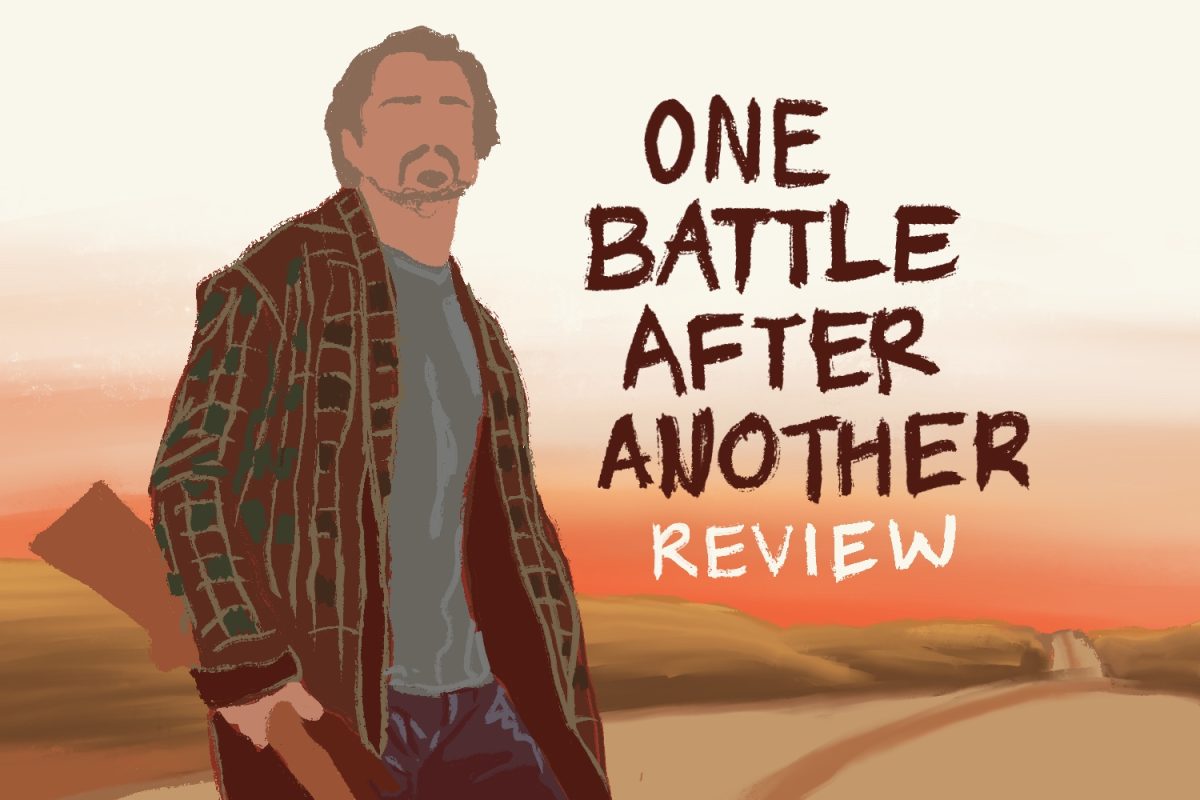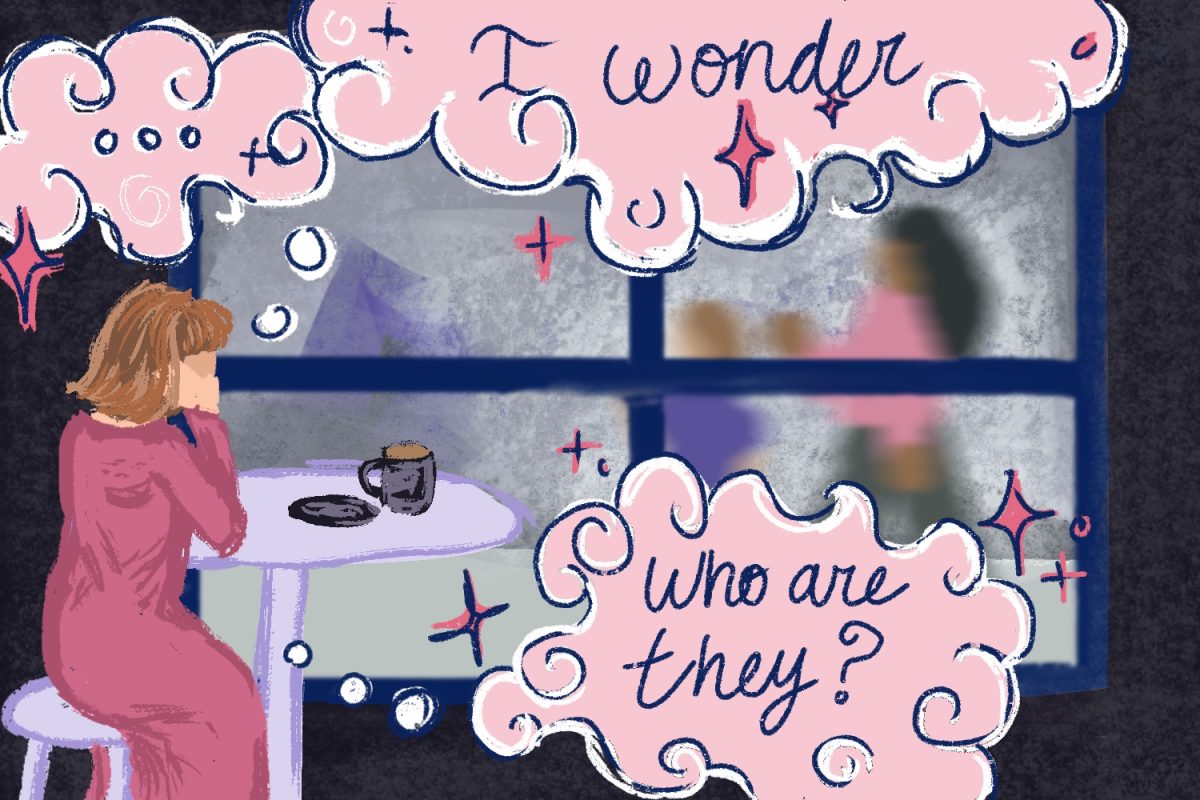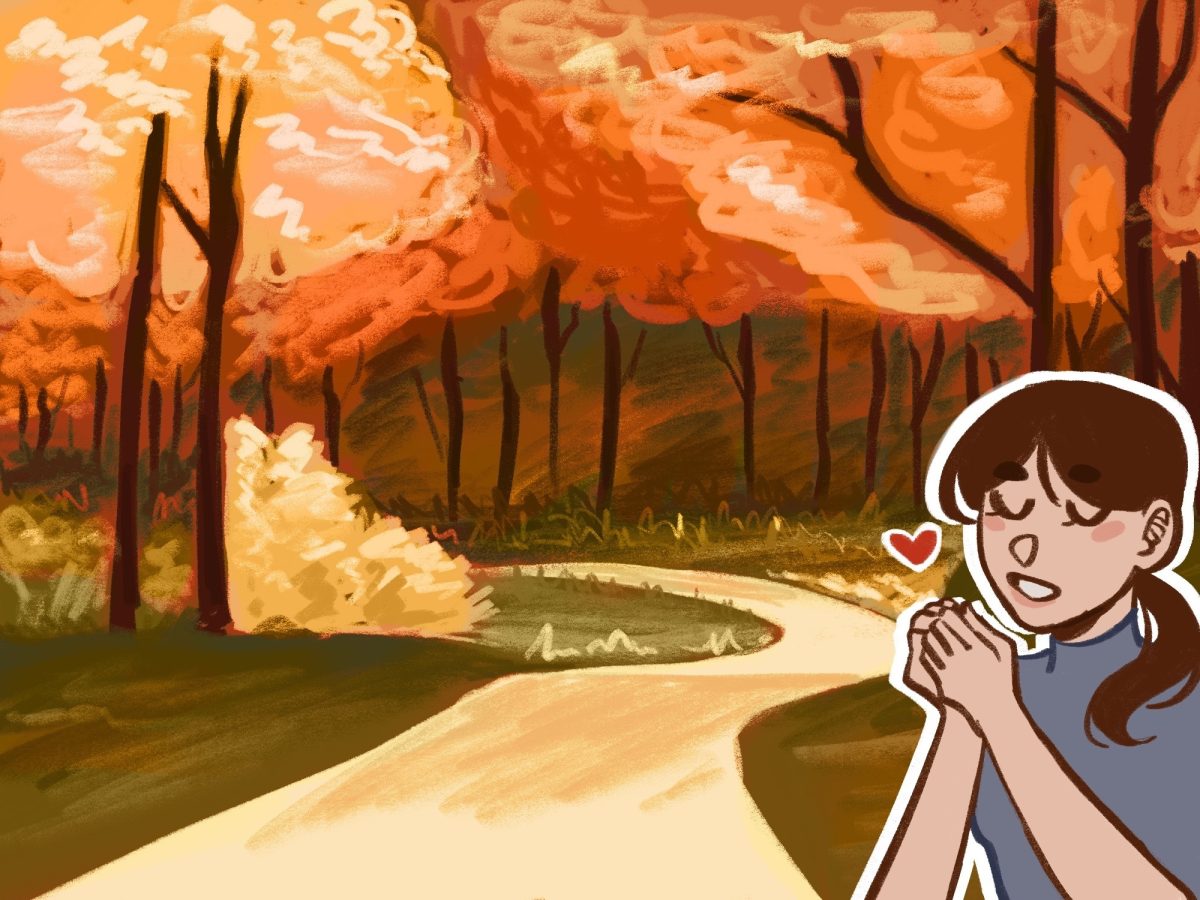Swipe, swipe, swipe. I begin to let my vision blur as I take less than a second looking at virtually every profile. Yet, I end up spending hours on the app as a whole. Deciding upon someone I find physically attractive enough, I drag my finger right and expectantly wait for the “match” popup. When it doesn’t, disappointment streams in and I wonder what I want out of this application anyway.
Tinder was founded in 2012 with the mission of making “being single more fun and rewarding by connecting people who might have otherwise not met in real life.” Almost 10 years later, Tinder was the most downloaded dating app in 2021, according to a study by Statista.
Does its popularity speak to its mission’s completion? It is certainly debatable whether this is the experience for the majority of users. In my experience, Tinder has not been the most positive space for me, nor for people in my circles.
For starters, those searching for true connections on the platform may come to be quite disheartened by what they find instead. Most active users hope to find potential hookups in their area rather than potential soulmates.
Validation is a drug like any other, and all social media platforms give users a dose. Dating apps like Tinder are no different. The addiction forms and it becomes difficult to stop once you get a taste. The application transforms less into how many valuable bonds can you make and more towards how many matches can you get, no matter who it is with.
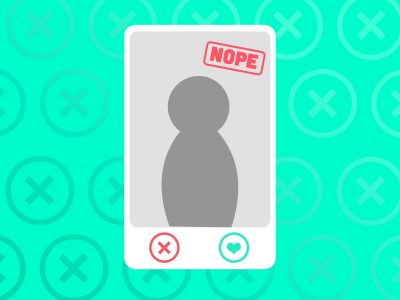
Personally, I even found myself subconsciously lowering my standards solely to have higher chances of receiving a match. It can definitely feel very good when 10 different suitors are love bombing you.
Tinder’s addictive quality makes users convince themselves they’ll just seek one more match and then go to bed. As you can imagine, that is rarely the case. The swipe feature makes it almost too simple to just continue sifting through profiles with no end in sight.
To raise the chances of collecting more matches, users can create a false image of themselves on their profiles. For example, all their pictures may be of them out with friends and on vacation though they spend most nights watching Netflix at home with their cats. There is nothing wrong with these activities, but they do not feel this will be attractive to others so they might not include it.
Others may choose the best photos of them even if they were taken three years ago. This creates less authenticity and makes it so that you do not really know who you are talking to.
Another concerning effect is that despite only interacting virtually, you may feel you know these people and therefore trust them. Meeting up with people you met on Tinder can seem harmless but stranger danger always exists. Especially with hookups, going to someone’s house after chatting with them on the application for a few days is definitely not guaranteed to be safe.
In a tragic example, Sydney Loofe exchanged 140 messages with Bailey Boswell before him and an accomplice brutally murdered her upon their first meetup. Boswell’s heinous actions prove that despite how much online contact you have with someone, you cannot truly know them enough to trust them.
To the application’s credit, some have unexpectedly found genuine connections through Tinder. Beyond just romantic relationships, some people have reported finding lasting friendships with the platform’s help.
Also, as of late, a feature has been added to allow users to swipe through different categories within which everyone has similar intentions. I believe separating those seeking casual relationships and those searching for commitment is a step in the right direction for the platform.
Despite this, in my opinion, Tinder’s toxicity reigns evident regardless of the occasional, inevitable success story. Meaningful connections on the application are few and far between and Tinder only perpetuates shallowness, a lack of authenticity and addiction to validation.



